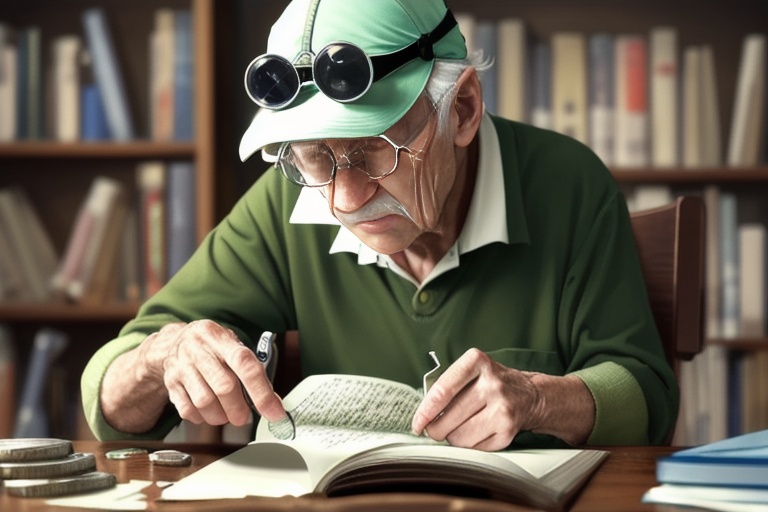The humble coin toss is part of our culture, embedded in everything from childhood games to major sports events. It might come as a surprise to many, but the tradition of flipping a coin has roots that go deep into history and branch out into the fascinating world of mathematics.
The humble coin toss is part of our culture, embedded in everything from childhood games to major sports events. It might come as a surprise to many, but the tradition of flipping a coin has roots that go deep into history and branch out into the fascinating world of mathematics.
The Historical Significance of Coin Flipping
The ancient Romans were known to play a game called "navia aut caput," which translates to "ship or head," referring to the two sides of their coins. This is similar to what many know today as "heads or tails." What started as a simple game has evolved into a recognized decision-making tool. Over time, coin flipping has undeniably become interwoven with important events.
History buffs and aviation enthusiasts alike may know about the coin flip between the Wright Brothers. In 1903, this fateful toss decided which brother, Orville or Wilbur, would first pilot their Flyer at Kill Devil Hills. The flip fell in Orville's favor, cementing him as the first man to pilot a powered aircraft.
In a much quieter setting compared to the windy dunes where aviation history was made, the Pacific Northwest city of Portland, Oregon, owes its name to a coin toss. Had the coin landed the other way, we might be visiting Boston, Oregon, instead. It was the fate of a single flip that awarded Portland its name, showcasing how a simple action can have longstanding implications.
Mathematical Concepts in Coin Flipping
While many see the coin toss as little more than a 50/50 chance, it reveals fundamental principles of mathematics, such as probability, fractions, and relative frequencies.
Understanding Probability and Fractions
Probability is the measure of the likelihood that an event will occur. In the realm of coin flipping, there are two possible results: heads or tails. Assuming a fair coin, the probability of landing on either side is 1 in 2, or 1/2. Represented as a percentage, this gives us a 50% chance of getting heads or tails on any given flip. It's a basic concept that serves as an entry point into the world of statistics and chance.
Delving into Relative Frequency
When you put probability into practice by flipping a coin, you might notice that the result of a few flips may not align with the expected probability. For example, if you toss a coin 10 times, you might get heads 7 times out of 10, which is a 70% occurrence rate – deviating from the expected 50%.
This phenomenon is explained by relative frequency. The relative frequency of an outcome is the ratio of the number of times the outcome has occurred to the number of trials. As the number of coin flips increases, the relative frequency tends to get closer to the theoretical probability of 50%. For instance, as flips climb into the hundreds or thousands, the measured frequency of heads or tails typically hones in on that expected 50% mark, with variations becoming smaller and smaller as the number of flips grows. This illustrates the Law of Large Numbers, a principle critical to statistics.
The Coins of the U.S. Mint's Coin Flip Game
Coin flipping is more than just probability and games; it's a rich tradition that envelopes the art of coin collecting. The U.S. Mint's Coin Flip game not only offers a digitized flip but also introduces players to the history and art behind its coins.
Collectors may find themselves captivated by the stories etched into the metal – from revolutionary-era coins that tell of a nation's birth to modern commemoratives honoring significant events and figures. Each coin is a tiny piece of art, a vessel of history, and potentially a substantial investment. The game educates players on the legacy and lore behind the coins, broadening their understanding and enhancing the collectible experience.
Coin flips serve as a powerful reminder of simplicity's potential to reveal deeper truths about our world. From the practice's historical roots to its implications in the world of mathematics, flipping a coin is woven into our cultural fabric. Whether in the form of a decision-making tool or a pastime, the action of flipping a coin transcends its apparent triviality, bridging the past, present, and future.
Keep an eye on our blog for more engaging content about coin collecting, valuations, and the fascinating stories they embody. Whether you are new to the hobby or a seasoned numismatist, our articles will enrich your knowledge and fuel your passion for coins. Happy collecting!
Information for this article was gathered from the following source.

